Suit Of Swords (From Ace To VIII)




Suit of Swords (From Ace to VIII)
More Posts from Itz-offline and Others
“How many people have died to achieve this world domination of yours?” “769.” “…What?” “769 people died to achieve my plans. I counted them, and had each of their names etched on my throne so I never forget what my victory cost the world. Now tell me, how many have you killed to see me dead?”











gonna keep it real with you all i mainly got into cotl so i could have better context to read the TROD fic .......
The Rehabilitation Of Death AU belongs to @bamsara the comic scene is from chapter 16 lol










a normal interaction betweeen a god and its puppet (part 1 of 2)
Book binding 101: Materials
I’ve decided to do a series of posts on how to book-bind since I talk about it a lot, and I think it’s a really fun process. These posts will include various inexpensive alternatives to “professional” supplies, many of which you will have at home. Not everyone can afford a cricut and that’s ok! I will also be listing more expensive materials for people who want to invest a bit more into the craft, but they absolutely are not a must.
This first post will focus on a list of supplies you can use to make books, but will not yet get into the instructional part of it. That will come later!
Anyway…
Bookbinding Materials: Essentials
These are items you need to bind, but many you can find around your house!
Sewing thread: Any thread will work for bookbinding, though waxed threads can help reduce tangles. You can also double up thread as another way to prevent tangling if you so choose. Waxed thread is definitely more expensive, so it can be good to use what you have starting out. Here’s a link to the waxed thread I used for those that are interested. You can buy it in a lot of different colors! (White is good if want an “invisible” thread).
Sewing needle: A lot of people say to use a curved needle for binding, but I’ve never found it to be much different from using a regular needle. If you have one, I would recommend a larger needle, however, since it’s better for piercing through signatures (aka the stacks of pages you bind together). In other words: there’s no special needle you need to bind books.
Ruler: I’d recommend any metal ruler since it’s better to use as a straight edge for cutting. There’s a good chance you already have one. It’s just used for measuring and being a straight edge. Nothing fancy.
Paper: Any paper will work. What you wanna use depends on your project really: if you’re binding together a work of text you’ll want to use some kind of printer paper (of course). If you’re making a sketchbook, you can fold up some sketching paper. I like to get sketchbooks with perforated edges so I can tear them out easily if I want to use a blank page for bookbinding. You can also buy large sheets of paper made for any medium. For example, if you want a sheet of water color paper, just search “large watercolor paper sheet”.
Awl (or all alternative): An awl is a tool used to poke sewing holes. It’s nice because it’s sharp and ergonomic, but you can totally also use a pushpin or even a sewing needle.
Bone folder (or a bone folder alternative): A bone folder creates sharp creases when you fold your pages, making them lay flatter. It also helps define the hinge gap on finished books, making it open easier. You can use a ruler if you don’t have one.
PVA glue: PVA glue is what to look out for when it comes to binding glue. There are some designed specifically for bookbinding, which spread out a bit faster than ones that aren’t. You can also use tacky glue which IS a PVA glue.
Book board: Also sometimes called chip board, Davey board, or mat board. This is what you’ll use for hard cover books. It is important to use book board specially, as cardboard will warp. You can buy book board directly, or you can cut the covers off of old textbooks or binders, unwrap the paper/plastic around the board, and use that!
Box cutter or utility knife: for cutting the board
Decorative paper and book cloth: For wrapping around cover boards and for endpapers. Book cloth can also be used to cover boards. You can also draw your own designs on Bristol paper if you want (or any paper with a similar thickness/durability). When it comes to decorative paper I like to either get scrapbook paper or rolls of fancy handmade paper (you can get those on Etsy, through paper source, or through bookbinding websites).
Bookbinding materials: Optional (and not crazy expensive)
These are supplies that you don’t need for binding but that can make the process easier and/or help with the decorative elements of your books. I’d recommend these things for when you’ve been binding for a while and feel these things could be helpful!
Paper trimmer: can cut a few sheets of paper evenly—I find it really helpful for endpapers
Stencils: Super helpful if you want to add text on the covers
Stamps: Good for adding text and also great for adding illustrations if you’re not able to draw them on your own. You can buy ink pads for them or use markers by coloring over the stamp lightly and using the stamp immediately so it doesn’t dry (I’ve tested this with alcohol markers and it works very well)
Paint markers: great for drawing directly on the cover. Since they’re opaque they can imitate the look of vinyl. You can also get them super painterly if you want. The internet usually talks about poscas but there are tons of different brands. Do some research, figure out what you like & can afford.
Hot foil pen & heat transfer foil: Perfect if you want to add foil to your covers but don’t want to spend a ton of money on a cricut. A lot of binders uses the foil quill brand, but there are ones that cost less and work the same (I have both a cheaper one & an actual foil quill because I wanted some nib variation. As long as the pen has good reviews that aren’t from bots you should be good). Also remember: don’t use foil designed for going through laminators (I.e. decofoil) . It doesn’t work the same way.
Bookbinding Materials—Expensive
These are materials I’d recommend for people who have been bookbinding for a while & feel that it’s something they really want to invest in. To be fully transparent, I’m a college student and don’t own these and have little personal experience with them. However, I know a lot of binders who love them!
Cricut machine—Cricuts are cutting machines that can make precise cuts into paper, wood, bookboard, or vinyl. A lot of binders will cut designs out of vinyl and apply them to the covers using a heat press.
Book press—What it sounds like. The pressure helps the pages lay flat and stay even. That being said you can stack heavy books on top of your projects, it just may not have the same even pressure. I also know some people will DIY these, so if you’re skilled with power tools you can give it a go!
Paper guillotine—like a paper trimmer but bigger and can cut more sheets of paper at once. I believe really good ones can also be used to cut bookboard!
Those are all the materials I can think of! Hope this can work as a good starting point for those interested in the craft. I’ll definitely be posting more info about bookbinding for people who are interested :)
-Zoë💗
![[So Similar, Yet So Different]](https://64.media.tumblr.com/e7a09e5ec8fb735e97252197e42621bb/50dcf342cfc101de-99/s500x750/528238043132e247fa1b3b0c793dba82995a6484.png)
[So similar, yet so different]
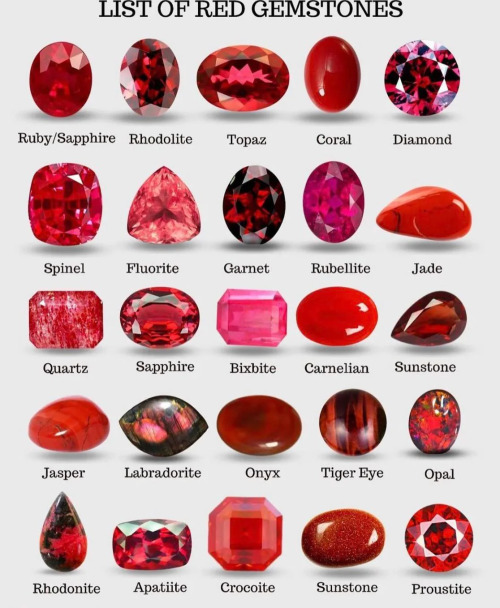

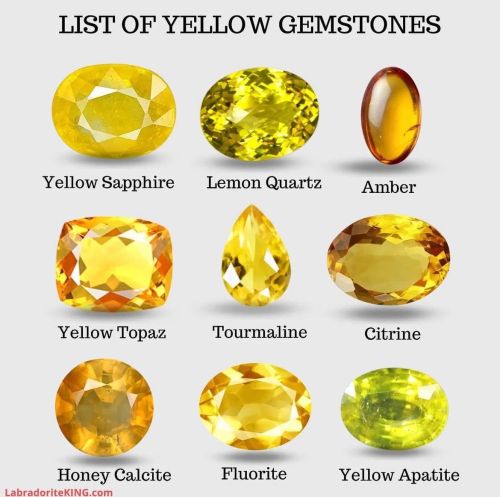
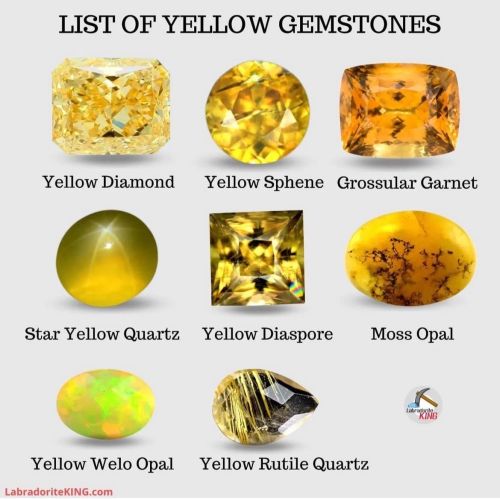
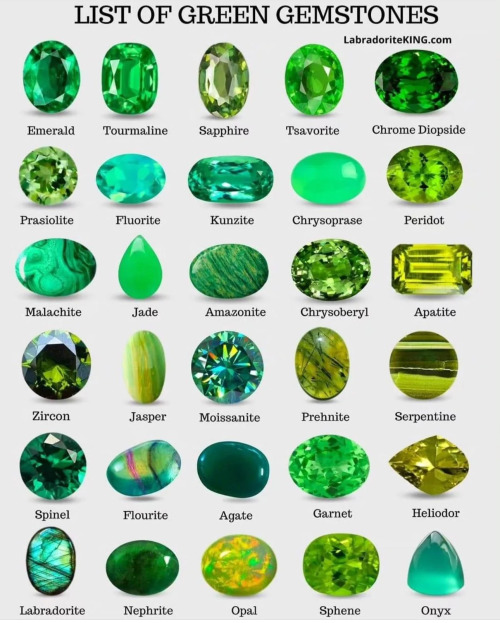
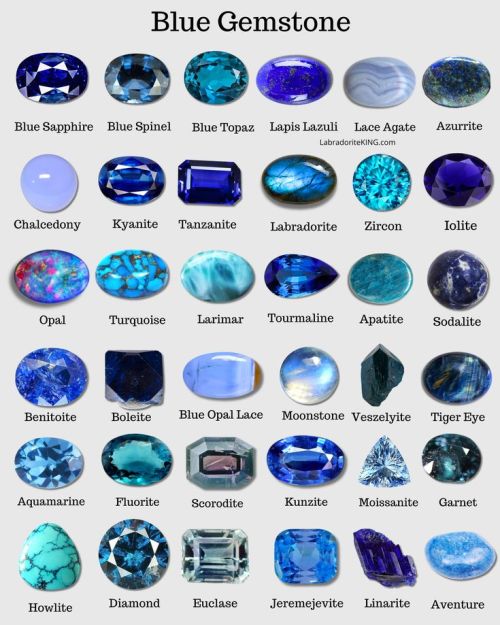
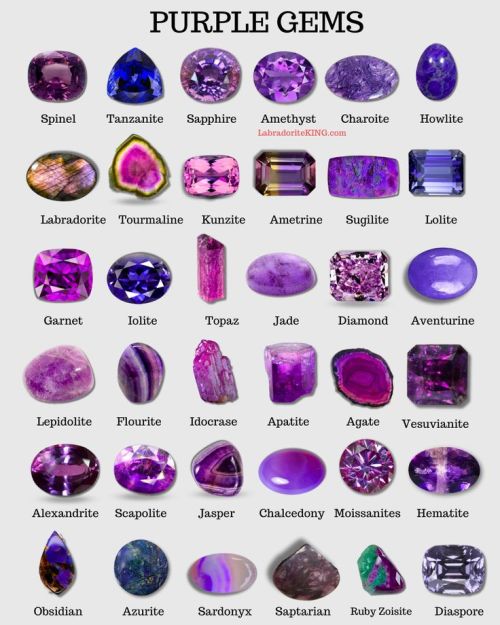

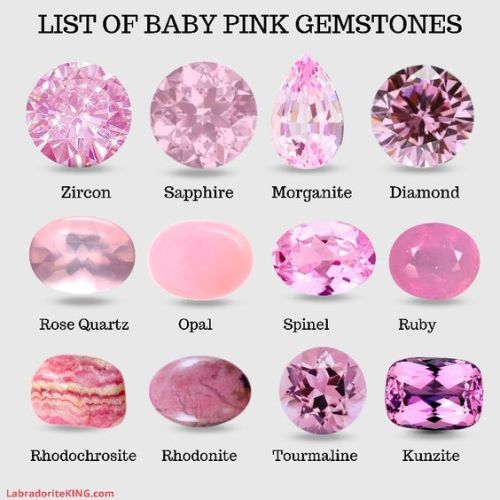
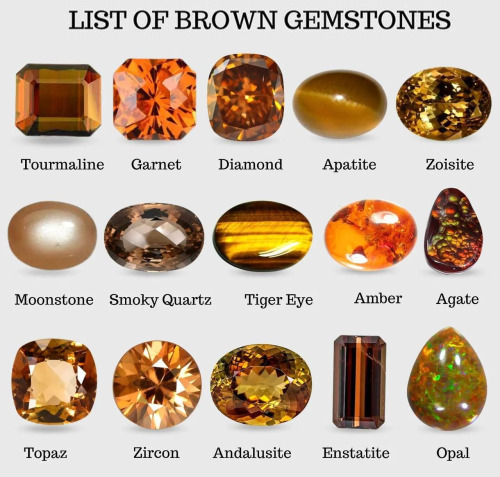
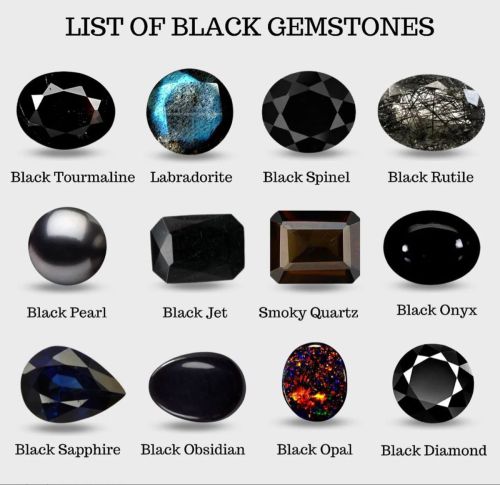
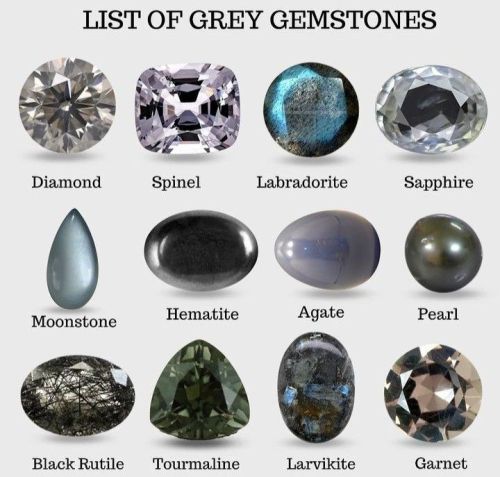
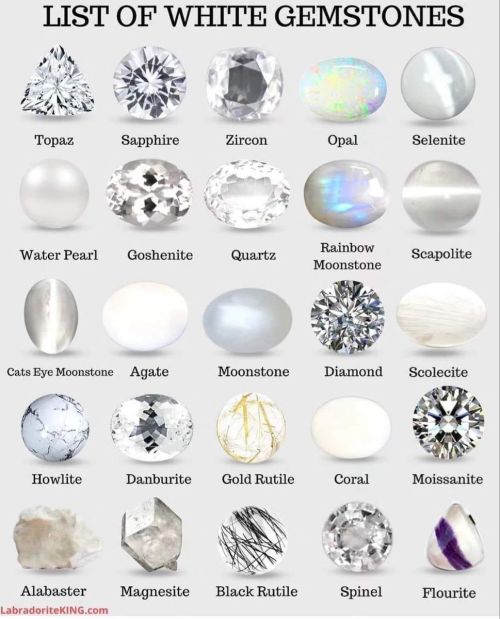
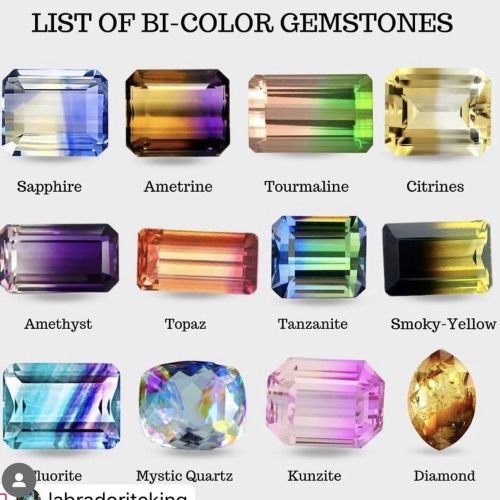
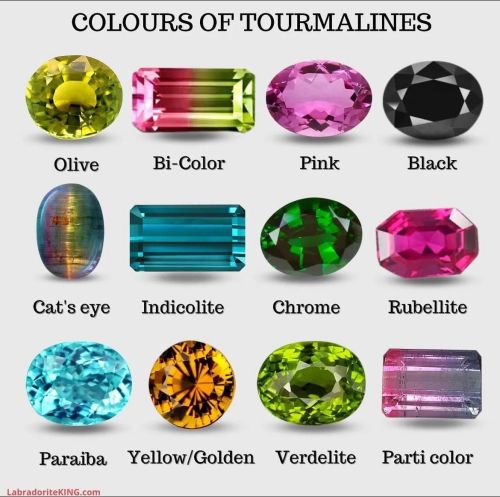
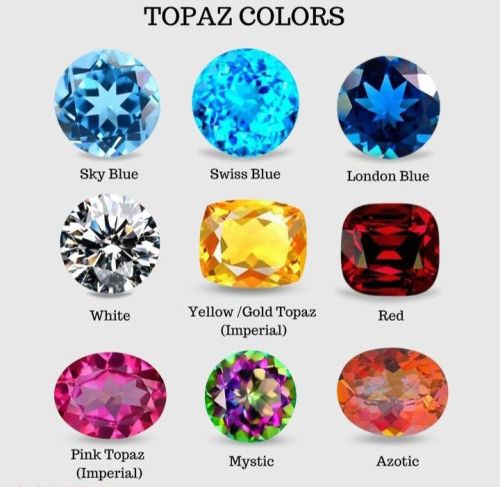
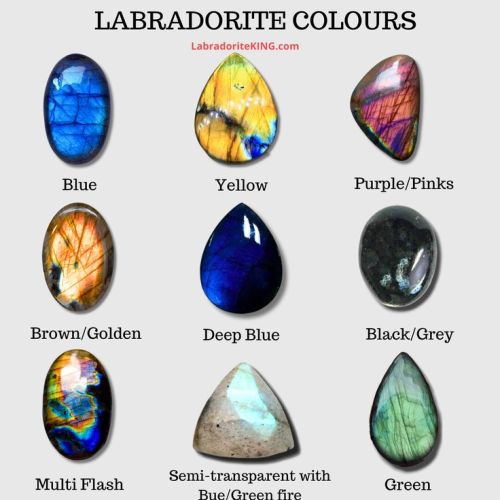
By LabradoriteKing on Pinterest
how do you write a liar?
How to Write Liars Believably
Language
The motive of every goal is the make the lie seem plausible while taking blame off the speaker, so liars will often project what they say to a third party: "Katie said that..."
Referring to third parties as "they" rather than he or she
In the case of a deliberate lie prepped beforehand, there will be an overuse of specific names (rather than pronouns) as the speaker tries to get the details right.
Overuse of non-committal words like "something may have happened"
Masking or obscuring facts like "to the best of my knowledge" and “it is extremely unlikely," etc.
Avoiding answers to specific, pressing questions
Voice
There's isn't a set tone/speed/style of speaking, but your character's speech patten will differ from his normal one.
People tend to speak faster when they're nervous and are not used to lying.
Body Language
Covering their mouth
Constantly touching their nose
fidgeting, squirming or breaking eye contact
turning away, blinking faster, or clutching a comfort object like a cushion as they speak
nostril flaring, rapid shallow breathing or slow deep breaths, lip biting, contracting, sitting on your hands, or drumming your fingers.
Highly-trained liars have mastered the art of compensation by freezing their bodies and looking at you straight in the eye.
Trained liars can also be experts in the art of looking relaxed. They sit back, put their feet up on the table and hands behind their head.
For deliberate lies, the character may even carefully control his body language, as though his is actually putting on a show
The Four Types of Liars
Deceitful: those who lie to others about facts
2. Delusional: those who lie to themselves about facts
3. Duplicitious: those who lie to others about their values
Lying about values can be even more corrosive to relationships than lying about facts.
4. Demoralized: those who lie to themselves about their values
Additional Notes
Genuine smiles or laughs are hard to fake
Exaggerations of words (that would normally not be emphasized) or exaggerated body language
Many savvy detectives ask suspects to tell the story in reverse or non-linear fashion to expose a lie. They often ask unexpected, or seemingly irrelevant questions to throw suspects off track.




stromg lady werewolf Tane

I've been trying to draw him for months now
Any guide on Elle woods / hermione / rory coz I had no study motivation 😮💨
“she’s like a real life rory gilmore…”

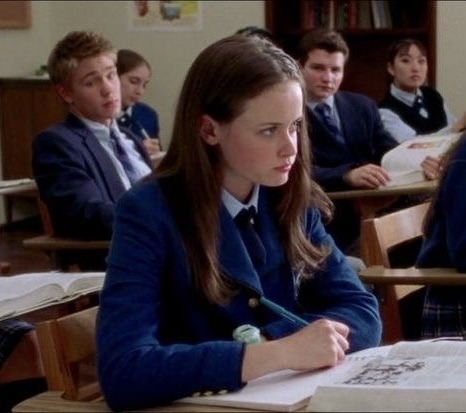


fictional study icons guide, part 1: rory gilmore
ty for the ask! i’m gonna make this multiple parts, next will be elle woods, i never read/ watched harry potter tho so idk about hermione 🫣 but if y’all want me to do other characters, feel free to send ideas!

know your goals
rory had a clear idea of what she wanted for herself: to go to harvard & to become a journalist. when school & studying starts to feel tedious or difficult, having a strong “why” will keep you going. maybe you want to get into a certain school, you have a dream career path, or you want to become extra knowledgeable. never lose sight of your goal - surround yourself with reminders of it. rory had harvard memorabilia hanging in her room as a constant reminder of what she was working towards. you can create a vision board online, print pictures & hang them in your room, put notes up on your mirrors & walls. remember that classes, tests, & assignments are all leading you to a greater goal. studying is a means to an end and you deserve the best ending!
study a lot
rory prioritized her studies and spent a lot of her free time on schoolwork. the easiest way to succeed is to put in the time. don’t cut corners when it comes to your education - do your homework and assignments diligently, go through assigned readings & videos carefully, & if the teacher gives you optional/additional work, do it. remember tho, it’s important to study smarter, not harder. the most beneficial thing you can do is spend as much time as possible utilizing study methods that work for you. don’t waste time on study methods that aren’t effective for you. you can search my older posts for info about study styles or google learning styles & use that to help determine your best approach to schoolwork.
conquer challenges asap
when rory first started going to chilton, she unexpectedly got a bad grade on one of her first essays. she could have sat there and made excuses, felt sorry for herself and blamed the school/ teachers, but instead she worked extra hard to improve and overcome that poor grade. in the end she was valedictorian, showing that she was able to rise to the challenge and ultimately succeed. if you find yourself struggling with schoolwork, please take initiative asap and get whatever help you need. utilize all your resources - teachers, classmates, youtube video explanations, khan academy, tutors (if possible) - do not allow a dip in performance to be your norm. try to get to the bottom of why you’re struggling and then take care of whatever’s causing it. if you let yourself succumb to the struggle - telling yourself it’s because of bad teachers, the content is too hard, etc. - the only person who is gonna suffer in the long run is you. be proactive and take charge of your education.
take breaks
while rory did spend a lot of her time studying, it didn’t rule her whole life. she still made time for friends, family, and fun activities. life is about balance, and you don’t want to burn yourself out by spending every waking moment on school. take breaks for fun, to spend time with loved ones, to get fresh air & be active. give your mind breaks so that you can stay in top shape. that being said, make sure you strike a balance. don’t let your social life get in the way of your academics, but don’t let studying stop you from living life.
read a lot!
when i think of rory, i think of reading. she always has her nose in a book! she not only reads, but she reads books that are thought-provoking and intellectual - classics, non-fiction, and so on. reading is a wonderful hobby and it can also be a way to expand your mind. challenge yourself by reading books that are somewhat difficult to challenge yourself to read closely & dissect the content. find classics that genuinely interest you or non fiction on topics you enjoy. combine the fun of reading with the desire for intellectual growth. by reading more difficult books you can improve your vocabulary, build you reading comprehension skills, become better at analyzing literary devices, and overall become a more interesting person.
that’s all! have a great school year & best of luck with your studies! 🩷
-
 kino-san-chan liked this · 1 week ago
kino-san-chan liked this · 1 week ago -
 otakuwife liked this · 1 week ago
otakuwife liked this · 1 week ago -
 not-a-robot-promise liked this · 1 week ago
not-a-robot-promise liked this · 1 week ago -
 fantacyjunky reblogged this · 1 week ago
fantacyjunky reblogged this · 1 week ago -
 fantacyjunky liked this · 1 week ago
fantacyjunky liked this · 1 week ago -
 wolf-feathers12 liked this · 1 week ago
wolf-feathers12 liked this · 1 week ago -
 smorter liked this · 1 week ago
smorter liked this · 1 week ago -
 authenticalt liked this · 2 weeks ago
authenticalt liked this · 2 weeks ago -
 stumblingwolf liked this · 2 weeks ago
stumblingwolf liked this · 2 weeks ago -
 iofa21 liked this · 2 weeks ago
iofa21 liked this · 2 weeks ago -
 wherethematchisheld liked this · 2 weeks ago
wherethematchisheld liked this · 2 weeks ago -
 queer-changeling-witch liked this · 2 weeks ago
queer-changeling-witch liked this · 2 weeks ago -
 rosemary-for-remembrance liked this · 2 weeks ago
rosemary-for-remembrance liked this · 2 weeks ago -
 captainclovey liked this · 2 weeks ago
captainclovey liked this · 2 weeks ago -
 glitches25 liked this · 2 weeks ago
glitches25 liked this · 2 weeks ago -
 iduns-golden-apples liked this · 2 weeks ago
iduns-golden-apples liked this · 2 weeks ago -
 rydonthorn reblogged this · 2 weeks ago
rydonthorn reblogged this · 2 weeks ago -
 rydonthorn liked this · 2 weeks ago
rydonthorn liked this · 2 weeks ago -
 mister-astringent liked this · 2 weeks ago
mister-astringent liked this · 2 weeks ago -
 glitteranmayhem liked this · 2 weeks ago
glitteranmayhem liked this · 2 weeks ago -
 rustytoolhi reblogged this · 2 weeks ago
rustytoolhi reblogged this · 2 weeks ago -
 ceilingfanworshipper liked this · 2 weeks ago
ceilingfanworshipper liked this · 2 weeks ago -
 rustytoolhi reblogged this · 2 weeks ago
rustytoolhi reblogged this · 2 weeks ago -
 deaddovestellnotales reblogged this · 2 weeks ago
deaddovestellnotales reblogged this · 2 weeks ago -
 ginger-old-wyrm reblogged this · 2 weeks ago
ginger-old-wyrm reblogged this · 2 weeks ago -
 ginger-old-wyrm liked this · 2 weeks ago
ginger-old-wyrm liked this · 2 weeks ago -
 witnesstoderanged reblogged this · 2 weeks ago
witnesstoderanged reblogged this · 2 weeks ago -
 witnesstoderanged liked this · 2 weeks ago
witnesstoderanged liked this · 2 weeks ago -
 rustytoolhi liked this · 2 weeks ago
rustytoolhi liked this · 2 weeks ago -
 dragonfanplaugedr reblogged this · 2 weeks ago
dragonfanplaugedr reblogged this · 2 weeks ago -
 dragonfanplaugedr liked this · 2 weeks ago
dragonfanplaugedr liked this · 2 weeks ago -
 ashes11aa liked this · 2 weeks ago
ashes11aa liked this · 2 weeks ago -
 greenouillee reblogged this · 2 weeks ago
greenouillee reblogged this · 2 weeks ago -
 greenouillee liked this · 2 weeks ago
greenouillee liked this · 2 weeks ago -
 thvnderstcrm liked this · 2 weeks ago
thvnderstcrm liked this · 2 weeks ago -
 pandaslowpoke reblogged this · 2 weeks ago
pandaslowpoke reblogged this · 2 weeks ago -
 pandaslowpoke liked this · 2 weeks ago
pandaslowpoke liked this · 2 weeks ago -
 soptastic reblogged this · 2 weeks ago
soptastic reblogged this · 2 weeks ago -
 himemoo reblogged this · 2 weeks ago
himemoo reblogged this · 2 weeks ago -
 indicativeof-sideways-escalation reblogged this · 2 weeks ago
indicativeof-sideways-escalation reblogged this · 2 weeks ago -
 lesser-sage-of-stars reblogged this · 2 weeks ago
lesser-sage-of-stars reblogged this · 2 weeks ago -
 lance-du-lac reblogged this · 2 weeks ago
lance-du-lac reblogged this · 2 weeks ago -
 frozenbasalt reblogged this · 2 weeks ago
frozenbasalt reblogged this · 2 weeks ago -
 frozenbasalt liked this · 2 weeks ago
frozenbasalt liked this · 2 weeks ago -
 jeyk-jayk liked this · 2 weeks ago
jeyk-jayk liked this · 2 weeks ago -
 feelmadinc reblogged this · 2 weeks ago
feelmadinc reblogged this · 2 weeks ago -
 feelmadinc liked this · 2 weeks ago
feelmadinc liked this · 2 weeks ago -
 shiniestmathrock liked this · 2 weeks ago
shiniestmathrock liked this · 2 weeks ago -
 eelzebub-artz liked this · 2 weeks ago
eelzebub-artz liked this · 2 weeks ago -
 crestfallercanyon liked this · 2 weeks ago
crestfallercanyon liked this · 2 weeks ago
